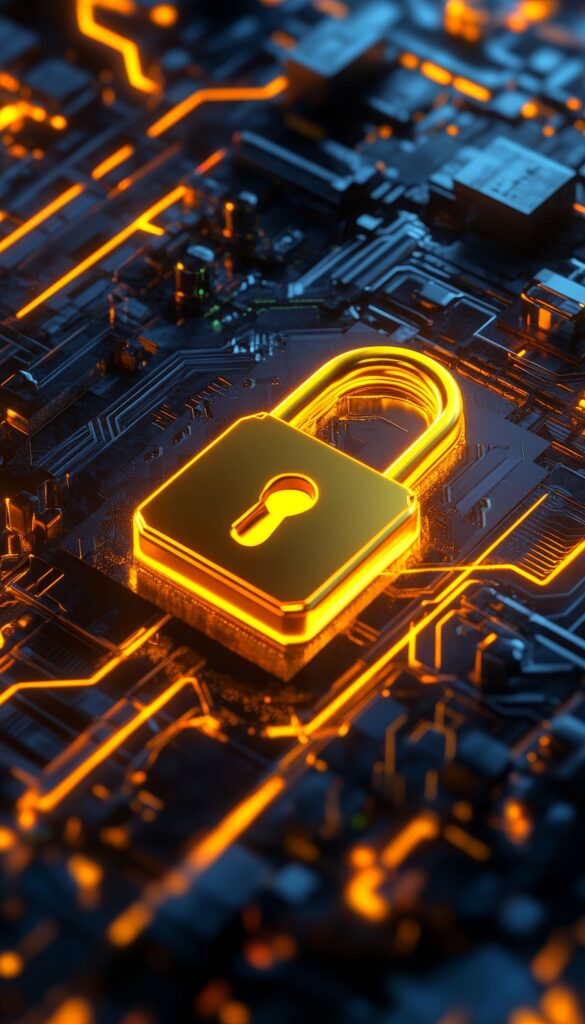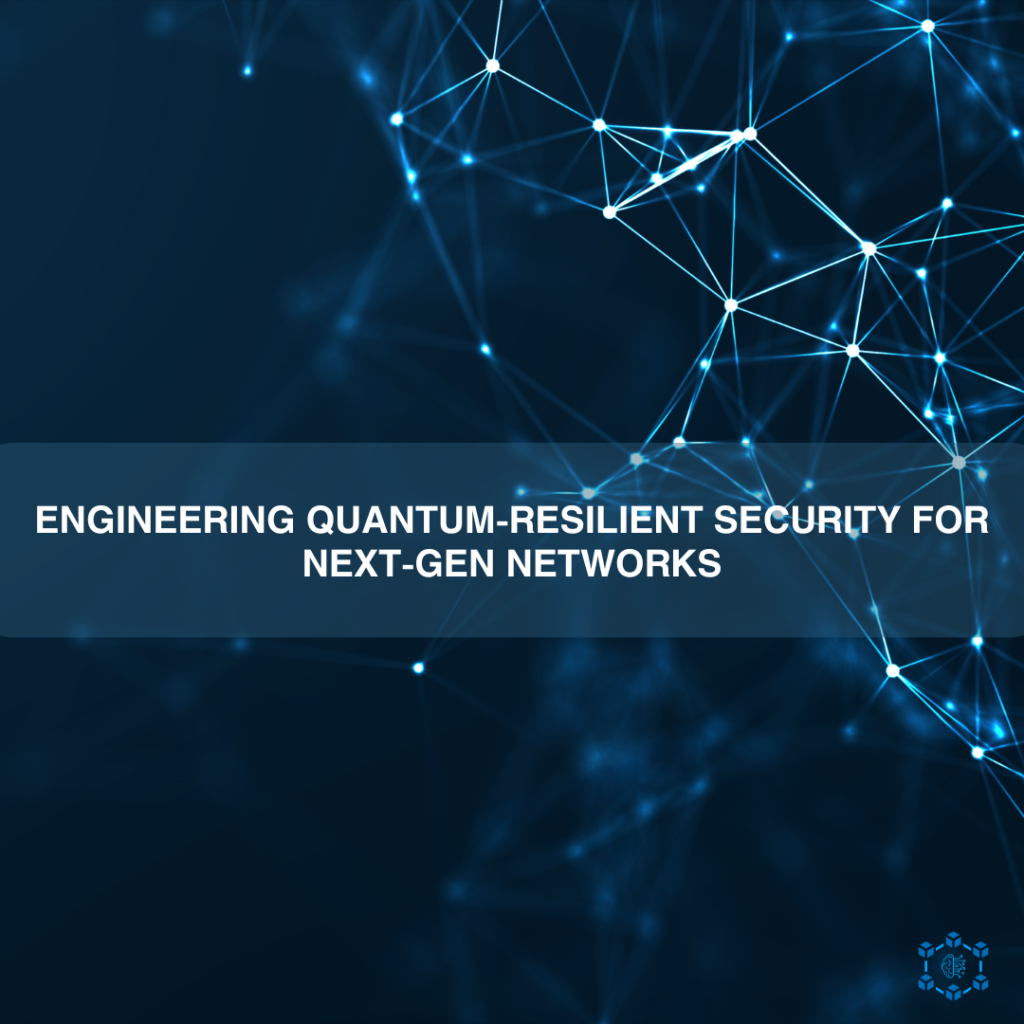Authors: Jean-Paul Truong
Organization: Thales DIS GBU
From Blockchain to 5G—Post-Quantum Cryptography Is the Key to Long-Term Trust
The race to secure next-gen networks is on—and quantum computing is the finish line. At NANCY, we’re not just keeping pace; we’re redefining the rules.
At Thales, we’re pioneering a cybersecurity future where Post-Quantum Cryptography (PQC) isn’t just a defense—it’s a strategic advantage. Our mission within the NANCY project is clear: make wireless infrastructures like Blockchain-Radio Access Networks (B-RAN) agile, attack-proof, and quantum-resilient. This work is critical for the 5G and 6G era, where data flows nonstop and trust must be instantaneous.
Why Quantum Computers Change Everything

Quantum computers aren’t just more powerful—they’re different. Once fully developed, they could crack the encryption that protects online banking, identity documents, mobile networks, and more.
That’s why we’re moving fast to use Post-Quantum Cryptography (PQC)—a new kind of encryption that even quantum computers can’t break.
Our answer? Post-Quantum Cryptography. We implement and validate NIST-standardized algorithms like:
- FIPS-204: Module-Lattice-Based Digital Signature Standard
- FIPS-203: Module-Lattice-Based Key-Encapsulation Mechanism Standard
These aren’t just theoretical tools—they’re battle-tested building blocks for a secure digital future.
What Are We Doing at NANCY?
1. Making Smartcards Quantum-Resilient

We’ve taken the latest quantum-safe encryption tools and made them work on small, secure chips—the kind you find in ID cards or payment cards. Even with very limited memory and processing power, we proved it’s possible to protect identities against future threats.
2. Helping Create International Standards

It’s not enough to invent new security methods—they also need to work everywhere. That’s why we’re working with international groups to make sure our quantum-safe technology can be used in devices, cards, and networks across the globe (ISO/IEC 7816 extensions for secure elements, JavaCard and GlobalPlatform)
We’ve even proposed new ideas to leading organizations like NIST standardizing new cryptographic algorithms, showing that Thales is helping lead the way, not just follow.
3. Protecting Blockchain in Wireless Networks
Blockchain technology helps keep digital records secure and trustworthy. We’ve added quantum-safe protections to these systems in wireless networks (known as B-RAN) to make sure the information inside stays authentic—even years from now.
4. Testing on Real 5G Networks
We’re not just working in labs—we’re testing these protections in the real world. In Italy, we’ve deployed post-quantum secure communications on live 5G networks demonstrator, showing how our technology can help protect healthcare, transportation, smart cities, and more.
Challenges We Crushed—and Why They Matter
Building protection for a world that doesn’t exist yet is tough. But that’s exactly what we’re doing. Some of the challenges we’ve tackled include:
- Fitting strong security into tiny devices, like smartcards
- Defending against advanced attacks, using the toughest European and International standards
- Combining today’s security with tomorrow’s, to make upgrades smoother
Staying flexible, so systems can quickly adapt to new threats
At Thales, we believe trust is the foundation of the digital world. That’s why we’re not waiting for quantum computers to arrive—we’re building protection now.
Through the NANCY project, we’re creating the tools, standards, and real-world solutions to make sure networks, identities, and digital services remain safe in the future.
The Bottom Line: We’re Building the Future of Trust
At Thales, we’re not just preparing for the quantum era—we’re building it. From secure elements to national networks, our work in the NANCY project is setting the pace for post-quantum cybersecurity in Europe and beyond.
Whether it’s fortifying blockchain, hardening smartcards, or securing 5G networks, our message is clear:
Quantum resilience isn’t optional—it’s mission-critical. And with NANCY, we’re proving it’s achievable.
Ready to go quantum-safe?
We’re already there.





